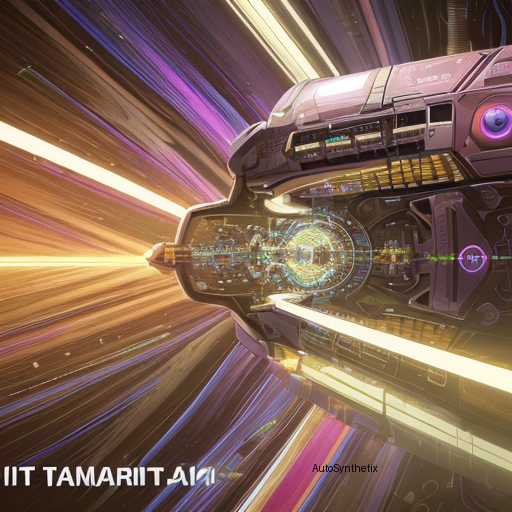Introduction
In the ongoing battle against cancer, early diagnosis plays a crucial role in increasing survival rates. Medical image analysis using advanced technologies such as Artificial Intelligence (AI) has emerged as a powerful tool in identifying malignant tissues at their earliest stages. In a groundbreaking development within the realm of AI research published via arXiv, scientists take us closer towards achieving more effective computer vision systems for accurate tumor localization in patients' scans. Let's dive into how "Towards Generalizable Tumor Synthesis" marks a significant milestone in our fight against disease.
The Challenge of Creating 'Realistic', Yet Generalizable Tumors for Training AI Systems
Traditionally, generating artificial tumors in medical imagery was confoundingly complex due primarily to two intertwining issues; first, replicating visual authenticity while second, ensuring the applicability of created datasets spanning various anatomical sites. The former necessitates crafting convincing simulacra, whereas the latter demands versatility unconstricted by specific organ origins. However, recent advancements in Generative Adversarial Networks (GANs) like Diffusion Models offer promising solutions to tackle both obstacles concurrently.
Enter Stage Left – Early-Stage Tumors' Imagery Consistency Across Organs
Astonishingly, initial investigations revealed a striking pattern among low-dimensional tumors irrespective of origin—liver, kidney, or pancreas. These preliminary findings proved instrumental in directing subsequent efforts toward exploiting shared features present within smaller lesions' computed tomographic manifestations. Consequently, researchers set out to explore if GANs could generate synthetic but universally applicable tumors based solely upon a restricted dataset drawn exclusively from a single source organ.
Diffusion Model's Triumph over Limited Samples to Create Organ-Generalizeable Tumors
Employing state-of-the-art techniques involving diffusion processes, the team successfully demonstrated the potential of Diffusion Models in constructing highly plausible yet generally transferrable tumorous structures. Remarkably, despite basing their workflow on meager data samples extracted merely from a solitary organ system, the outcomes were impressively inclusive across diverse anatomic contexts. Thus, opening new avenues whereby future studies may expand upon this foundation to refine model performance further.
Enhancing Clinician Capabilities Through Trained AI Models Actuated By Synthetic Data
This scientific breakthrough doesn't stop there. Not only do these generated tumors provide a fertile playground for honing AI algorithms' capabilities, but the study also showcases impressive efficiencies achieved once those very same algorithms are applied back onto actual clinical settings. As observed from extensive trials covering multifarious patient cohorts under divergent imaging regimes administered throughout numerous health establishments worldwide, these artificially intelligent tools exhibit remarkable proficiency in accurately pinpointing genuine neoplastic foci embedded deep within medical volume scans.
Conclusion
With every step forward, the integration of machine learning paradigms into medicine becomes increasingly indispensable. The progression detailed above exemplifies how tireless innovation continues pushing boundaries in tackling some of humankind's most challenging adversaries head-on. While still in its infancy, this seminal contribution instills hope not just for earlier diagnoses but potentially transformational shifts impacting entire healthcare delivery infrastructure globally. Undeniably, a brighter tomorrow awaits amidst today's cutting edge discoveries in AI-assisted pathology discovery.
Source arXiv: http://arxiv.org/abs/2402.19470v2
